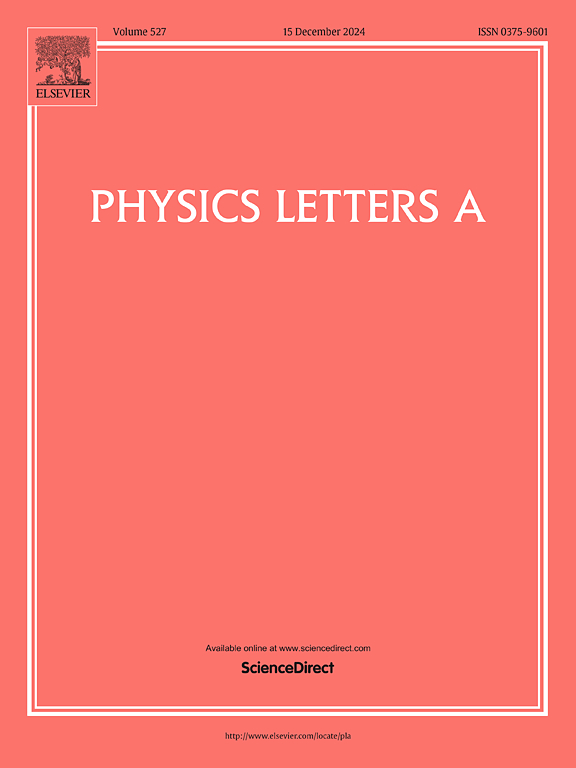Model for restoring obstructed beam transmission in atmospheric turbulence based on BP neural network
IF 2.3
3区 物理与天体物理
Q2 PHYSICS, MULTIDISCIPLINARY
引用次数: 0
Abstract
Atmospheric turbulence and obstacles can distort rays during transmission, resulting in significant wavefront distortion and loss of optical field information. This paper employs the phase screen method to simulate the transmission characteristics of a Gaussian plane wave in turbulent conditions, establishing an obstacle grid at the receiver to represent beam obstruction. A dataset of unobstructed transmissions is used to train a Backpropagation Neural Network, constructing neurons and connection weights. By scanning optical field data systematically, the model compensates for the obstructed portions of the optical field distribution. The results are compared to unobstructed transmissions, focusing on image similarity, and demonstrate the entire process from compensation to distortion correction. Simulation results indicate that the Backpropagation Neural Network effectively compensates for optical field information loss, showcasing strong performance within a certain time scale.
基于 BP 神经网络的大气湍流中受阻光束传输恢复模型
大气湍流和障碍物会使光线在传输过程中发生扭曲,从而导致严重的波前畸变和光场信息丢失。本文采用相屏法模拟高斯平面波在湍流条件下的传输特性,并在接收器处建立障碍物网格来表示光束障碍。无障碍传输数据集用于训练反向传播神经网络,构建神经元和连接权重。通过系统地扫描光场数据,该模型对光场分布中的障碍部分进行了补偿。结果与无障碍传输进行了比较,重点关注图像的相似性,并展示了从补偿到失真校正的整个过程。仿真结果表明,反向传播神经网络能有效补偿光场信息损失,在一定时间尺度内表现出很强的性能。
本文章由计算机程序翻译,如有差异,请以英文原文为准。
求助全文
约1分钟内获得全文
求助全文
来源期刊

Physics Letters A
物理-物理:综合
CiteScore
5.10
自引率
3.80%
发文量
493
审稿时长
30 days
期刊介绍:
Physics Letters A offers an exciting publication outlet for novel and frontier physics. It encourages the submission of new research on: condensed matter physics, theoretical physics, nonlinear science, statistical physics, mathematical and computational physics, general and cross-disciplinary physics (including foundations), atomic, molecular and cluster physics, plasma and fluid physics, optical physics, biological physics and nanoscience. No articles on High Energy and Nuclear Physics are published in Physics Letters A. The journal''s high standard and wide dissemination ensures a broad readership amongst the physics community. Rapid publication times and flexible length restrictions give Physics Letters A the edge over other journals in the field.
 求助内容:
求助内容: 应助结果提醒方式:
应助结果提醒方式:


